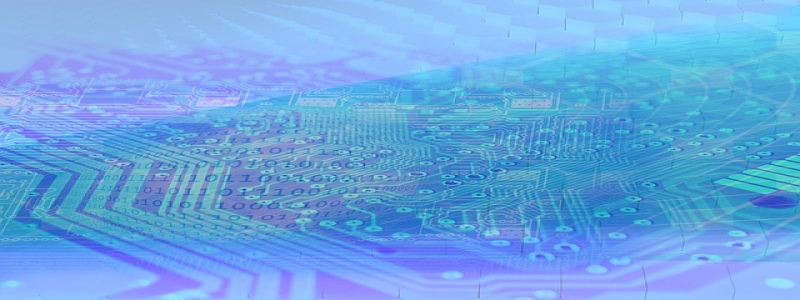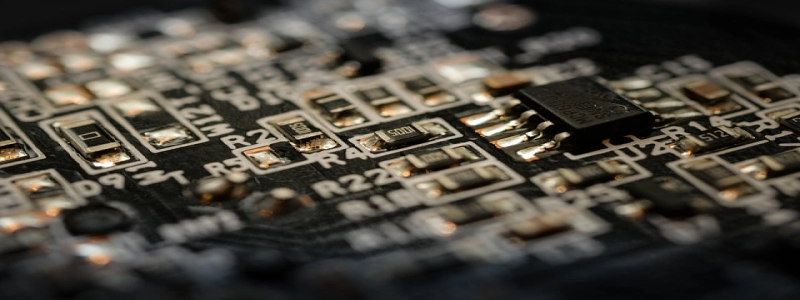2.5Gbps Ethernet
Introduction:
In today’s fast-paced digital world, high-speed internet connectivity is of utmost importance. With the increasing demand for data transmission and internet services, there is a need for faster and more efficient networking technologies. One such technology that has gained prominence in recent times is 2.5Gbps Ethernet.
I. What is 2.5Gbps Ethernet?
A. Definition and Overview:
– 2.5Gbps Ethernet, also known as 2.5GBASE-T Ethernet or 2.5G Ethernet, is a networking technology that provides data transmission speeds of up to 2.5 gigabits per second (Gbps).
– It is an upgrade from the traditional 1Gbps Ethernet and offers higher bandwidth while utilizing the existing copper cabling infrastructure.
B. Benefits and Advantages:
– Increased Speed: 2.5Gbps Ethernet offers a significant increase in data transmission speeds compared to its predecessor, allowing for faster file transfers, streaming, and online gaming.
– Compatibility: The technology is backward compatible, meaning it can work with existing Ethernet devices and Cat5e or Cat6 cables.
– Cost-Effectiveness: Upgrading to 2.5Gbps Ethernet doesn’t require rewiring the entire network infrastructure, making it a cost-effective solution for organizations.
– Scalability: It provides an affordable option for organizations to increase their network capabilities without investing in complex and expensive fiber optic solutions.
II. Implementation and Deployment:
A. Network Infrastructure:
– To deploy a 2.5Gbps Ethernet network, organizations need to ensure they have the required equipment, such as switches, routers, and network interface cards (NICs) that support the technology.
– Existing Cat5e or Cat6 cables can be used but may require cable testing to ensure compatibility and optimal performance.
B. Network Configuration:
– Configuration of the network switches or routers should be done to enable 2.5Gbps Ethernet connectivity.
– Organizations can choose between point-to-point connections or use aggregation switches to maximize bandwidth usage.
III. Applications and Use Cases:
A. Home and Small Office:
– 2.5Gbps Ethernet enables faster internet speeds for tasks such as video streaming, online gaming, and cloud-based applications in homes and small offices.
– It allows multiple devices to connect seamlessly without experiencing latency or network congestion.
B. Enterprise and Data Centers:
– 2.5Gbps Ethernet is beneficial for organizations requiring high data transfer rates within their local networks.
– It supports bandwidth-intensive applications, such as multimedia content creation, video conferencing, and data backup, ensuring smooth operations.
IV. Challenges and Future Developments:
A. Equipment Availability:
– Although 2.5Gbps Ethernet is gaining popularity, the availability of devices and equipment supporting the technology may be limited, compared to traditional Ethernet options. However, this is expected to change as demand increases.
B. Transition to Higher Speeds:
– As technology continues to advance, 2.5Gbps Ethernet may eventually become obsolete, as faster options, such as 5Gbps and 10Gbps Ethernet, gain traction.
Conclusion:
2.5Gbps Ethernet is an innovative networking technology that offers increased data transmission speeds without the need for complete network infrastructure overhauls. It provides numerous benefits, including increased speed, compatibility, cost-effectiveness, and scalability. With its deployment in homes, small offices, and enterprises, 2.5Gbps Ethernet is paving the way for faster and more efficient internet connectivity.








